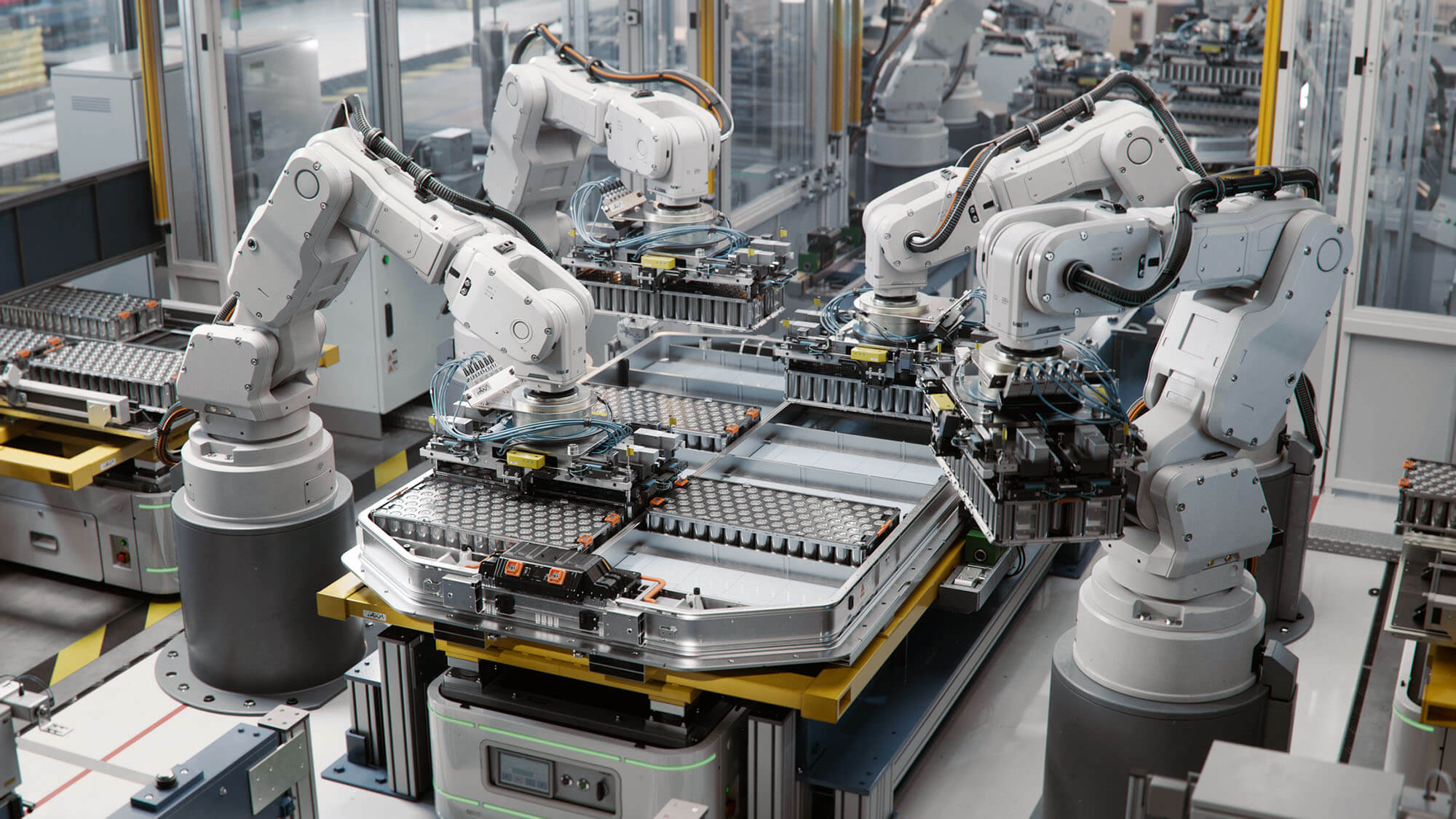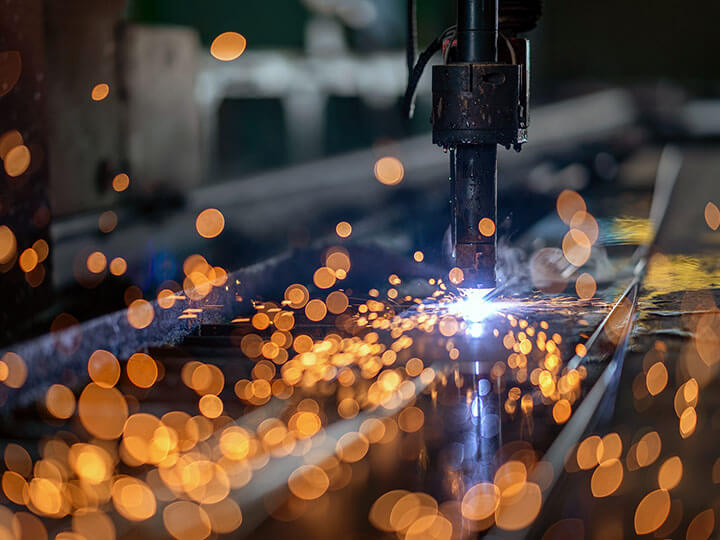Understanding the New Conformity Assessment Modules under the EU Machinery Regulation

02 Oct 2025
Enhancing transparency and harmonising conformity pathways with other EU product legislation
The transition from the current Machinery Directive 2006/42/EC to the new EU Machinery Regulation (2023/1230) marks a significant evolution in how manufacturers and economic operators will demonstrate product compliance.
One of the most notable changes is the explicit introduction of standardised conformity assessment modules, aligned with the approach already known from other product directives and regulations under the New Legislative Framework (NLF). These modules provide structured, harmonised pathways for demonstrating that machinery and related products meet the essential health and safety requirements.
What Are Conformity Assessment Modules?
Conformity assessment modules are clearly defined procedures that describe how a manufacturer must demonstrate that a product complies with the applicable legal requirements. Each module sets out:
- The roles and responsibilities of the manufacturer and involved Notified Bodies,
- The scope and depth of the checks (e.g., design examination, production control, quality assurance), and
- The type of documentation and declarations required.
These modules are defined in Decision No 768/2008/EC, which serves as the blueprint for all EU product conformity frameworks.
In essence, the modules are already implemented within the Machinery Directive 2006/42/EC, only module G (unit verification) is newly introduced by the new Machinery Regulation 2023/1230.
How Do They Apply in the New Machinery Regulation?
Under the new Machinery Regulation, manufacturers will have to select the appropriate module depending on the product category and its risk profile:
Standard Machinery
For machinery not listed in Annex I, manufacturers use Module A (Internal Production Control) described in Annex VI.
High-Risk Machinery
For machinery listed in Annex I, Part A (which includes new categories like certain AI-integrated machines), third-party involvement is mandatory. This means the manufacturer must choose a module that involves a Notified Body, such as:
- Module B (EU-type examination) + Module C (Conformity to type based on internal production control)
- Module H full quality assurance, or
- Module G (unit verification)
For machinery listed in Annex I, Part B, the conformity assessment may be performed in accordance with Module A, if applicable harmonised standards or common specifications specific to that category of machinery covering all relevant essential health and safety requirements is used.
If the machinery is only partly covered by harmonised standards or common specifications, one of the modules B+C, H or G must be applied.
This ensures that products presenting higher risks are subject to an appropriate level of independent assessment.
Why This Matters
The introduction of these modules enhances transparency and harmonises conformity pathways with other EU product legislation like pressure or ATEX equipment. It helps businesses, especially those operating across multiple sectors, benefit from consistent procedures and clearer expectations.
For manufacturers, it’s essential to understand:
- Which module applies to my product?
- What obligations come with each module?
- How to work effectively with a Notified Body if required?
Final Thought
The new Machinery Regulation doesn’t just update technical requirements; it demands a strategic understanding of compliance responsibilities. Now is the time for manufacturers, importers, and distributors to get familiar with the applicable modules and plan their internal processes and documentation accordingly.
Stay compliant, stay competitive.

